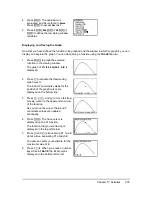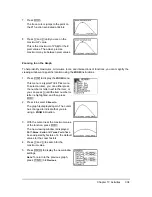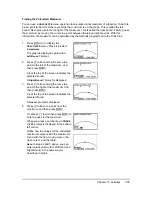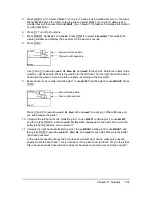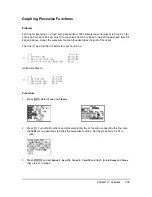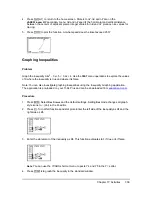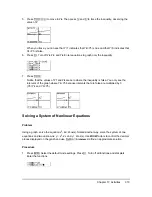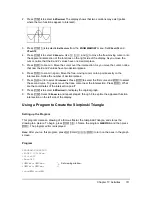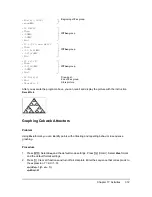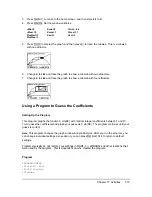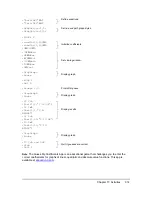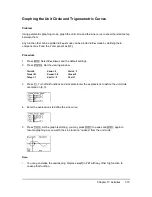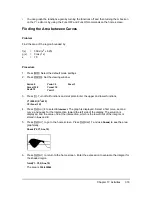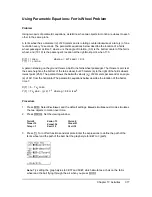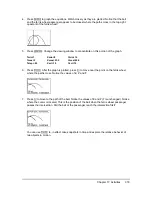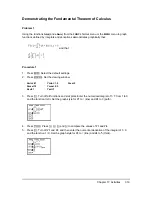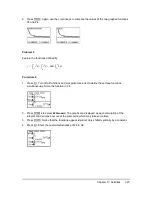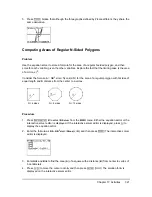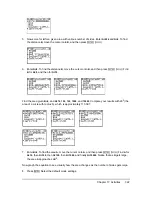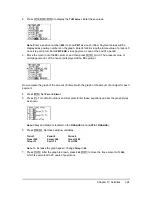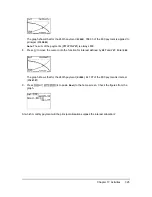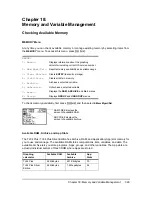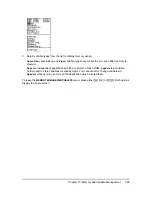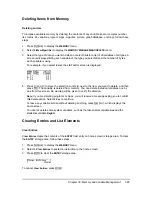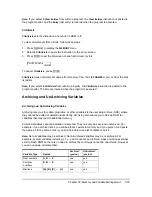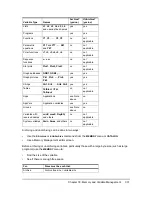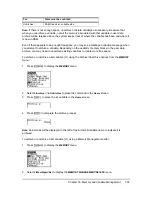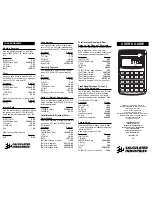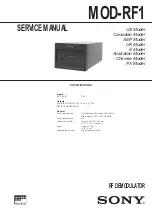
Chapter 17: Activities
317
Using Parametric Equations: Ferris Wheel Problem
Problem
Using two pairs of parametric equations, determine when two objects in motion are closest to each
other in the same plane.
A ferris wheel has a diameter (d) of 20 meters and is rotating counterclockwise at a rate (s) of one
revolution every 12 seconds. The parametric equations below describe the location of a ferris
wheel passenger at time T, where
a
is the angle of rotation, (0,0) is the bottom center of the ferris
wheel, and (10,10) is the passenger’s location at the rightmost point, when T=0.
A person standing on the ground throws a ball to the ferris wheel passenger. The thrower’s arm is at
the same height as the bottom of the ferris wheel, but 25 meters (b) to the right of the ferris wheel’s
lowest point (25,0). The person throws the ball with velocity (v
0
) of 22 meters per second at an angle
(
q
) of 66
¡
from the horizontal. The parametric equations below describe the location of the ball at
time T.
Procedure
1. Press
z
. Select
Par
,
Simul
, and the default settings.
Simul
(simultaneous) mode simulates
the two objects in motion over time.
2. Press
p
. Set the viewing window.
3. Press
o
. Turn off all functions and stat plots. Enter the expressions to define the path of the
ferris wheel and the path of the ball. Set the graph style for
X2T
to
ë
(path).
Note:
Try setting the graph styles to
ë
X1T
and
ì
X2T
, which simulates a chair on the ferris
wheel and the ball flying through the air when you press
s
.
X(T) = r cos
a
Y(T) = r + r sin
a
where
a
= 2
p
Ts and r = d
à
2
X(T) = b
N
Tv
0
cos
q
Y(T) = Tv
0
sin
q
N
(g
à
2) T
2
where g = 9.8 m/sec
2
Tmin=0
Tmax=12
Tstep=.1
Xmin=
L
13
Xmax=34
Xscl=10
Ymin=0
Ymax=31
Yscl=10

